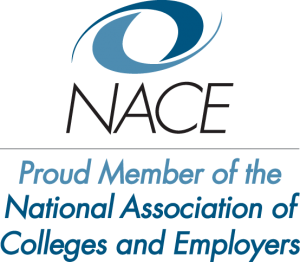Considering a new hiring methodology? What are you using now? Are you using an applicant tracking system (ATS) that allows you to know who has applied, and may have sophisticated hiring tools embedded in it somewhere (but are hard to find)? Are you using a hiring interview, perhaps asking behavioral and situational interview questions that require applicants to think on their feet? Or, perhaps you have purchased “assessments” that promise to help you to gauge skills and abilities?
If you are using any of these methodologies, you should know that they are playing the same game, they are different tools to help you to predict the top performers. That is, if they are validated (proven by research to work), they have been validated against some measure of job performance. The better the tool works, the better they predict performance. While you should be using validated assessments, the downside of shopping for more is what applied psychologists call incremental validity, and economists call marginal utility. In short, with each new assessment you use, the “value added” diminishes, because it’s just predicting the same outcome as what you are already using.
So why not play a different game? jobZology® Talent Analytics uses Fit to Job and Fit to Culture not to predict performance, but to predict worker outcomes such as job satisfaction, worker engagement, and intent to stay. Consider the graphic which depicts a risk assessment for hiring. The assessments you are using now determine which rows of the matrix you are operating in.

Without effective assessments that predict performance, you may be stuck in the bottom row (cells C & D). The candidates you are hiring are not working out. With luck, many of them will be unhappy and leave (cell D), but maybe they like their work, their co-workers, and so forth, and thus are a risk to stay (cell C).
If your assessments are effective, you are going to be hiring candidates who fall into the top row, “predicted high performers” (cells A & B). However, some will like their jobs and the culture, and choose to stay (cell B). But some will not enjoy the work or the culture, and want to leave (cell A). Cell A is thus, a risk to leave.
Adding more classic tools that only assess performance potential, can make you better at that prediction game, but at the costs of marginal utility and not predicting turnover. Adding a new tool like jobZology® Talent Analytics changes the game, reduces your risk of hiring lower performers who won’t leave, and (most importantly), increases your chances of finding high performers who love their jobs and want to stay.







